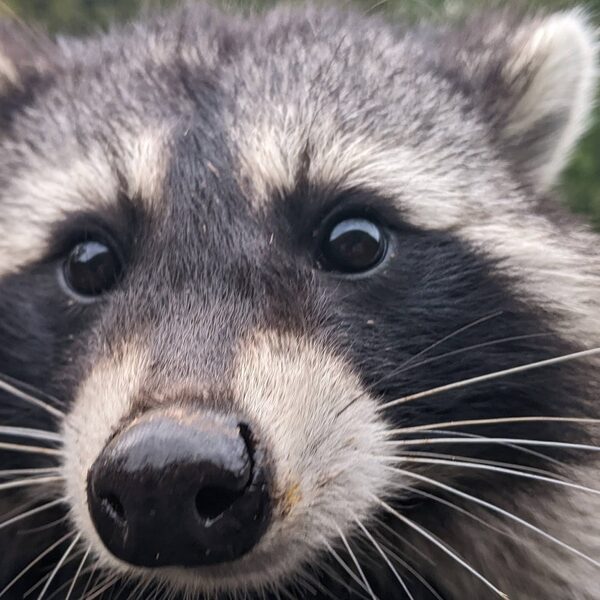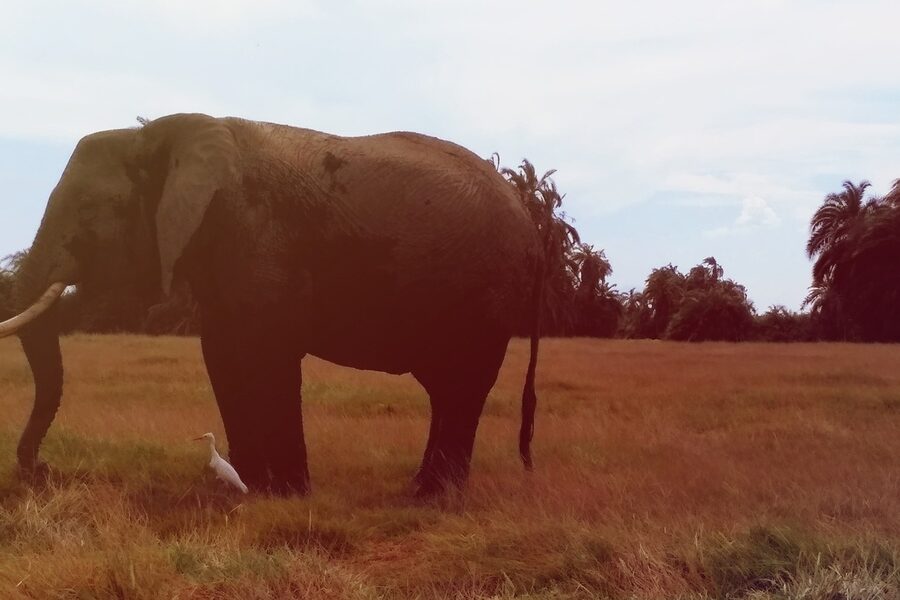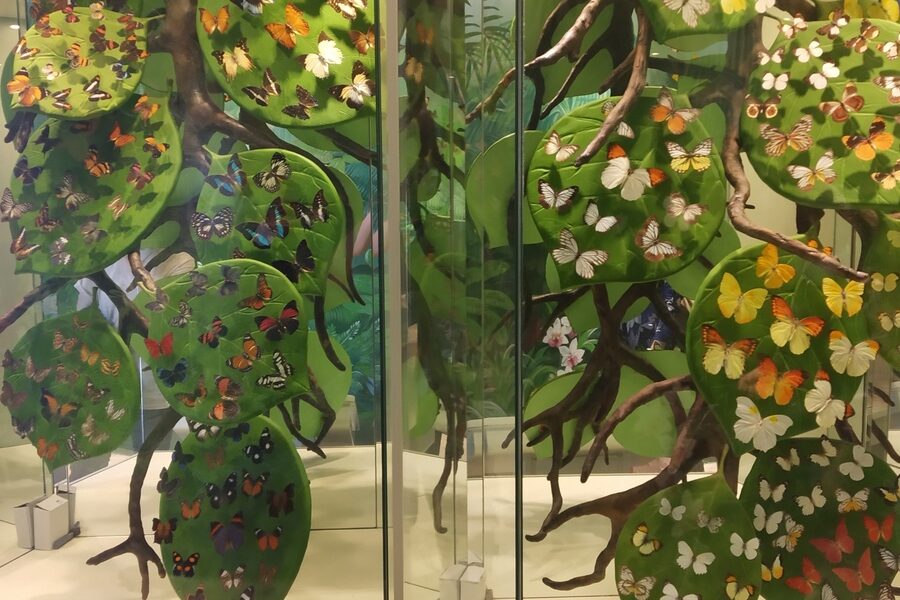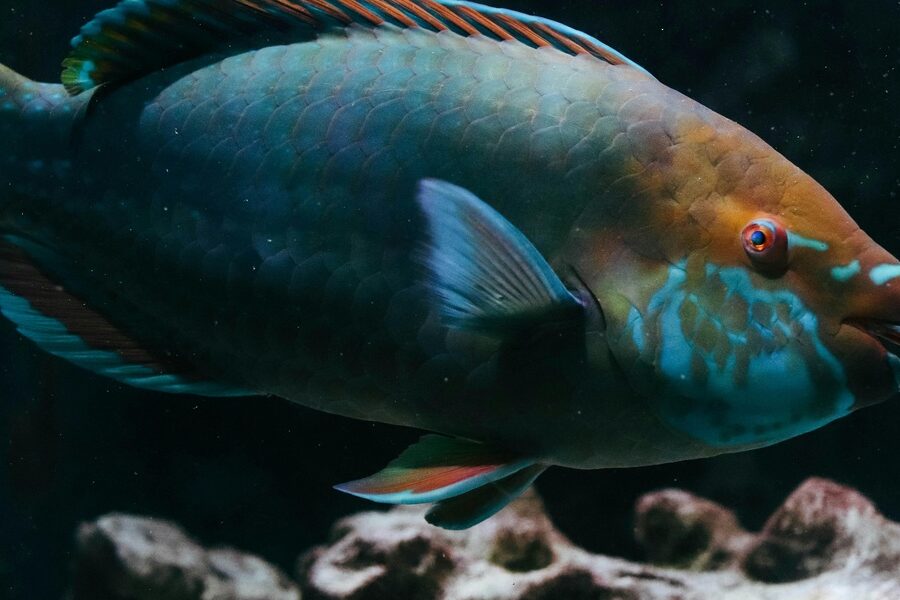Polar organisms represent the diverse life found in the planet’s coldest regions, from sea ice and frigid coastal waters to tundra soils and glacial melt pools. These species range from microscopic bacteria and algae to invertebrates, fish, seabirds and large marine mammals, each shaped by extreme cold, seasonal light and limited nutrients. Their adaptations—antifreeze proteins, specialized circulatory systems, and unique life cycles—allow ecosystems to function where most other life struggles. Studying these organisms reveals how ecosystems respond to climatic shifts and supplies tools for medicine, industry and conservation.
Context
Scientific interest in polar life grew during the late 19th and early 20th centuries as explorers and naturalists collected specimens during Arctic and Antarctic expeditions. Throughout the 20th century, long-term research stations and seasonal field programs established continuous study of polar ecology, physiology and oceanography. Today, polar organisms are central to global climate science: they influence carbon cycling, form the base of high-latitude food webs, and serve as indicators of environmental change. Conservation frameworks such as the Antarctic Treaty System guide protection of Antarctic ecosystems, while multinational research collaborations track shifts in sea ice, species distributions and primary productivity driven by warming. Advances in molecular biology and remote sensing continue to clarify how cold-adapted life copes with rapid environmental change.
Scope and coverage
This collection of Polar Organisms by Type encompasses the main groups that make up polar ecosystems and the biological themes they illustrate. Coverage includes microbial communities and sea-ice algae, benthic and pelagic invertebrates, cold-adapted fish (including species with unusual blood chemistry), seabirds and marine mammals, plus the ecological roles of krill and plankton. It also examines physiological and biochemical adaptations, seasonal life histories, and the ecological links between land, ice and ocean. The emphasis is on types of organisms and their natural histories rather than exhaustive species lists or management advice.
Interesting facts about polar organisms:
- Bowhead whales have been documented to live for more than 200 years, making them among the longest‑lived mammals.
- Certain Antarctic fishes produce antifreeze glycoproteins that prevent ice crystals forming in their blood and tissues.
- Icefishes in the Southern Ocean lack hemoglobin and, in many cases, red blood cells—an unusual adaptation to cold, oxygen-rich water.
- Emperor penguins breed on sea ice during the Antarctic winter, enduring extremely low temperatures and months of darkness to raise chicks.
- Polar bears are the largest living terrestrial carnivores, adapted for swimming and hunting on sea ice in Arctic regions.
- Sea-ice and ice-edge algae contribute a significant portion of primary production in polar coastal zones, supporting higher trophic levels like krill and fish.




